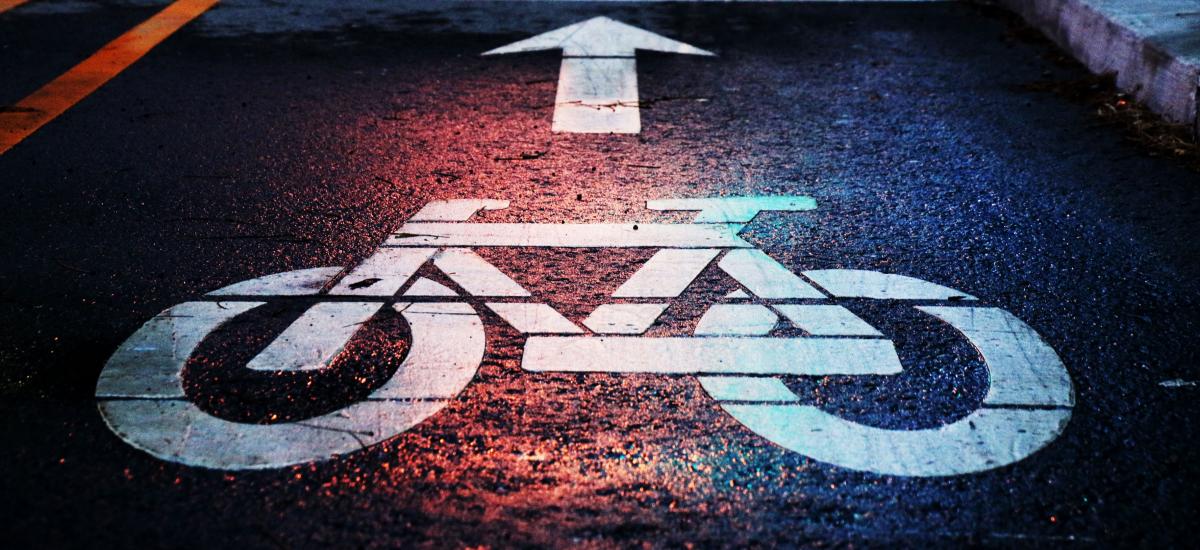Vehicle-for-Hire Bylaw Review: our submission

What's happening with the Vehicles-for-Hire Bylaw?
The City of Toronto is reviewing the Licensing of Vehicles-for-Hire Bylaw (Toronto Municipal Code Chapter 546 PDF), and invited input from individuals and groups. Feedback will be used to inform updates to the Vehicle-for-Hire Bylaw in a report going to the General Government and Licensing Committee in June 2019. The bylaw provides regulations for taxicabs, limousines and private transportation companies (PTCs), such as Lyft and Uber.
Our concerns
Ride-hailing is making our streets more challenging to navigate by bike.
We've seen an increase in traffic from Uber and Lyft on our streets. Without proper training and under pressure to pick-up or drop-off anywhere, vehicle-for-hire drivers are moving in ways that put vulnerable road users at risk. We are regularly witnessing bike lanes being blocked, drivers making erratic u-turns, and pulling over for pick-ups and drop-offs with no warning. We are concerned that ride-hailing is making cycling harder in our city - but it doesn’t have to be that way.
That’s why we’re encouraging the City of Toronto to raise the standards of ride-hailing to help protect people biking and walking.
Our position
While protected bike lanes and redesigned streets are the key to making cycling safe and attractive, there are some quick wins the city can introduce to reduce the dangers from Uber, Lyft and other taxi drivers.
Taxis are a small but important part of city life. They can help people get around that don't have a car, or when bikes or public transit aren't available. But ride-hailing in particular has drawn riders off public transit, increased traffic and introduced more confusion and danger to our streets.
It's clear that ride-hailing companies must do better, particularly for our safety. Uber, Lyft and their drivers have a duty of care if they want to continue using our streets. One that they've not taken seriously. We’re calling for City to raise the bar by:
- mandating apps to block pick-up and drop-off in bike lanes;
- introducing a professional driver training requirement focussed on driving around people cycling and walking;
- introducing passenger mirrors and stickers to reduce dooring and
- enforcing infringements of the rule: stopping in 'no stopping' areas and picking people up in bike lanes etc.
- building physically protected bike lanes (i.e., concrete curbs, planters, bollards) on main streets to give people biking and driving their own space to move predictably and safely
Find out more
-
Read our submission to the City of Toronto’s Vehicle-for-Hire Bylaw Review Team
-
Want to get the latest on how to plug into our advocacy work? Subscribe to get Action Alerts
-
Share your views on Vehicle-for-Hire Bylaw on social media, tagging us @CycleToronto
-
Learn more about the City of Toronto’s Vehicle-for-Hire Bylaw Review
